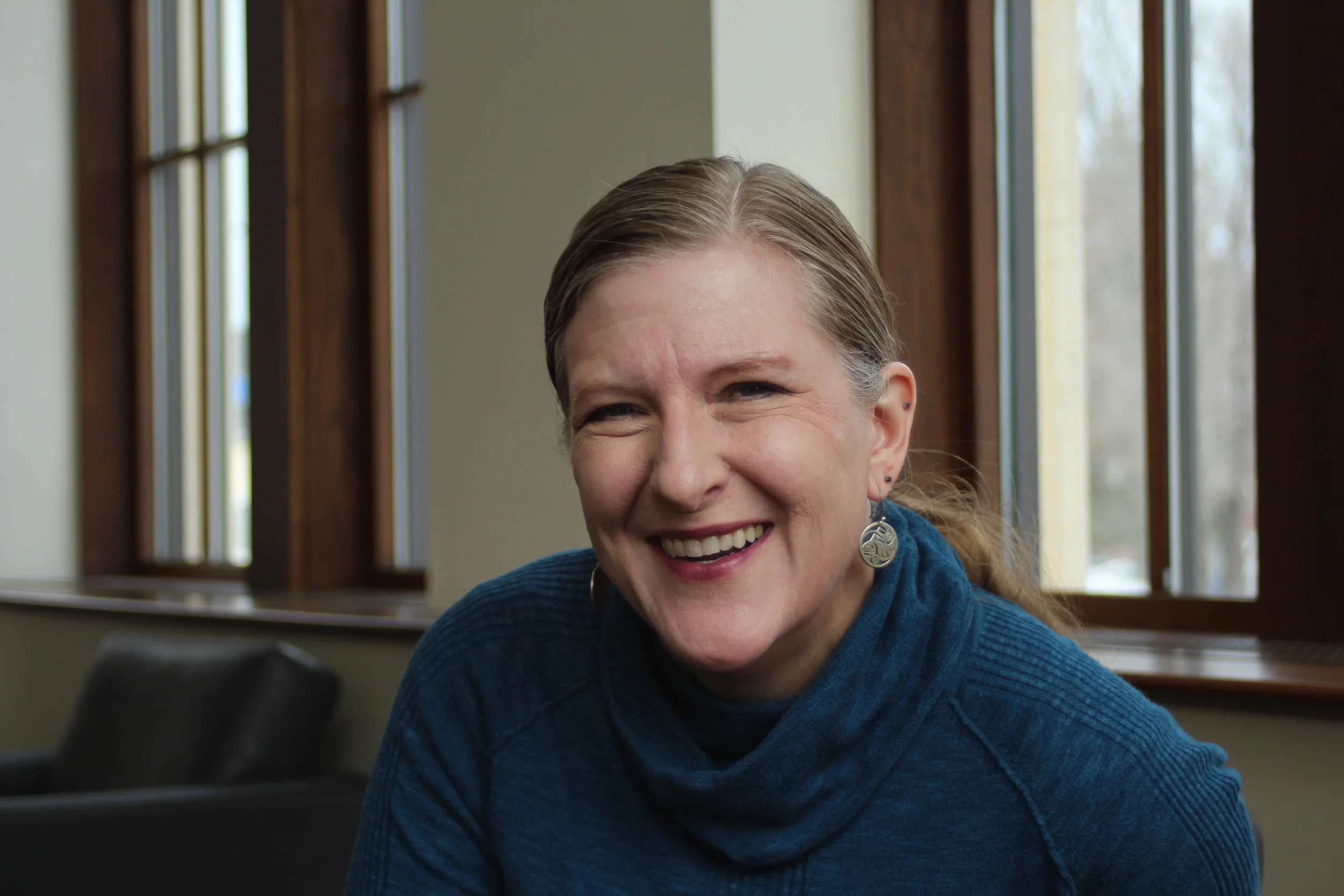HOLLY PAINTER on “CRYPTIC CROSSWORD IX”
When I moved to Auckland, my partner’s dad tried to teach me how to do cryptic crosswords.
At 22, I’d done my share of American-style crosswords, and I wasn’t bad at those: I could usually get through most of Wednesday’s NYTimes puzzle, though Thursday’s was a step too far.
But the British-style cryptic crosswords are another beast entirely. Each clue is one part definition or synonym and one part wordplay clue, involving anagrams, spoonerisms, sound-alikes, containers, and bits and pieces. Both parts of the clue generally point to the same answer, but you have to think sideways, and often the two parts in concert form some distracting, irrelevant image.
So, for example: “Quarrel twice with bird (7).” Here, we’re looking for a kind of bird. Two synonyms for quarrel – spar and row – give us “sparrow.” Not, perhaps, the most quarrelsome of birds.
Take another: “Ginger Spice will request a mother’s ID (8).” To request a mother’s ID is to card a mom. And “cardamom” is a spice in the ginger family. Geri Halliwell is only there to throw you off.
Add to all of this lateral thinking the wordplay indicators and common abbreviations relating to geography, sports, drinking, chemistry, the church, measurements, and so on, which solvers keep tucked in their memories, and you can see why I was “in a jumble” (an occasional anagram indicator).
Every week, when we met for lunch, my partner’s father would bring a stack of photocopies of the week’s crosswords from the New Zealand Herald. They were blank copies, scanned before he’d done them, in an afternoon at most, often in less than an hour. His own father, who was pushing 90, mostly deaf and starting to lose his memory, could knock out the cryptic in minutes. He’d been doing them for half a century.
I was lucky to crack a few clues, and I never finished a full Herald crossword.
What I did do was notice that the clues, lyrically deceptive, often read like poetry. And I tucked that away where I should have been storing my list of abbreviations of British military ranks.
Years later, when my son was born, I started doing cryptic crosswords again, and I finally got the hang of it. I remembered what I’d noticed before, and though I was too tired to write poems, I was awake enough to compose clues as I was burping him and endlessly walking him. When he finally slept, I’d jot them down, and after a few months, I had a slightly larger baby and hundreds of clues that I began to assemble into poems in two parts. The clues made up the main poem and the answers formed a haiku, often on a different topic.
The act of writing these interlocking poems calls on all the different parts of my brain that I began exercising ten years ago in New Zealand. I’m still not a fantastic solver, but as a cryptic crossword poet, I’m in my “first abridged textbook (5).


